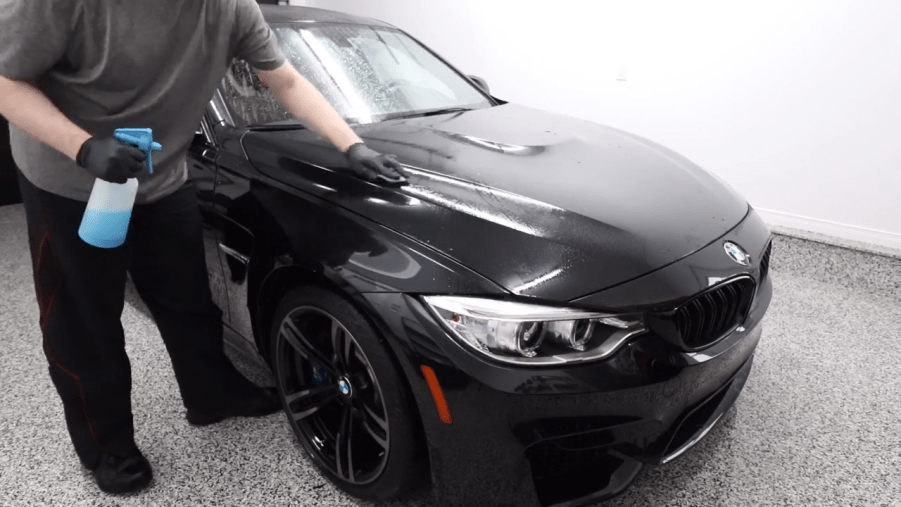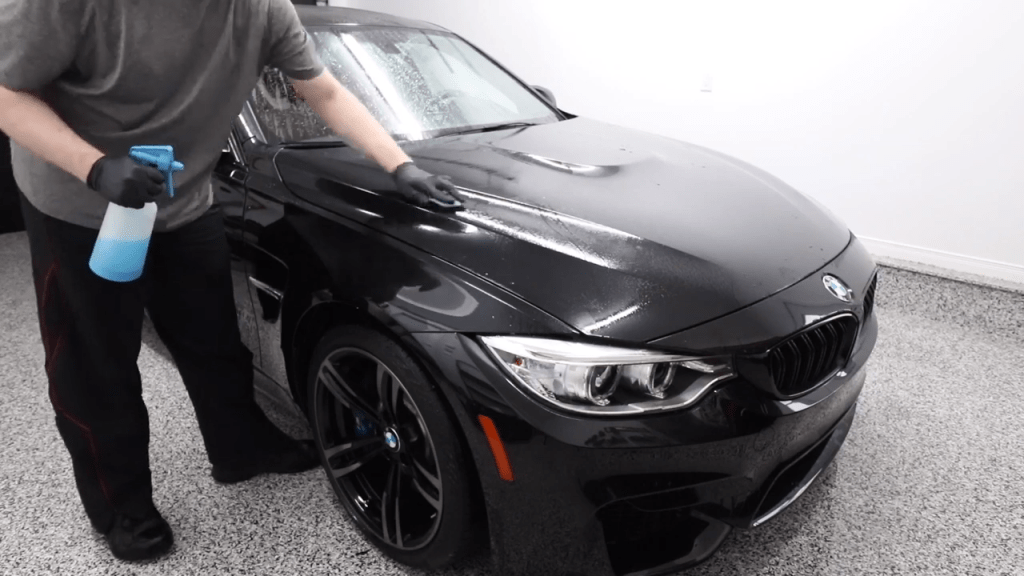
What Is a Clay Bar Treatment and Can it Remove Paint Scratches?
Maintaining your car’s appearance properly means you need to do a little more than the typical wash and wax job. If you want to take your car’s shine to another level, or if you just want to restore your old car’s paint job, then a clay bar treatment is a good step in doing so. But what is a clay car treatment and can it remove scratches from your car’s paint?
What does a clay bar treatment do?
A clay bar treatment is when a piece of clay is used to remove contaminants from the surface of your car’s paint. Although you might not be able to see all of the contaminants with your naked eye, there’s a lot of dirt and dust that have a handy way of sticking to your car’s paint as you drive around.
Although you might wash and wax your car on a regular basis, a lot of those contaminants can remain there and even build up over time. In that case, a clay bar treatment can remove all of that build-up and keep your paint looking a lot cleaner afterward.
How does the clay bar process work?
There are plenty of clay bar treatments in the market today, however, they all follow the same basic process when it comes to their application. Most clay bar kits will come with a clay bar and some kind of synthetic lubricant to move it around your car’s paint.
As far as the actual clay bar process, here are the basic steps, courtesy of The Drive:
- Wash and dry your car thoroughly
- Remove the clay bar and separate it into halves or quarters (you won’t need all of it)
- Work the clay with your fingers and make a small, flat disc out of it
- Pick out a small section of your car to work on first (hood, fender, etc.)
- Spray the section liberally with a quick detailer or clay lube
- Lightly glide the clay over the lubricated surface in a back-and-forth motion
- Wipe off the excess detail spray with a microfiber towel
- Fold the clay over itself and work it with your hand to flatten it out and reveal a cleaner portion of it
- Continue the same process until the rest of the car is completely clayed
- Be sure to wax, polish, or ceramic coat your car’s paint afterward for extra protection
Just remember that if you end up dropping the clay on the ground or setting it down in a dirty area, you’ll have to throw it out and use a new, clean piece. The dirt that can stick to the clay could end up scratching your car.

Clay bar alternatives
While there are many clay bar treatments to choose from online or at your local auto parts store, there is also the option for using a clay bar alternative. One specific alternative is the Mothers Speed Clay 2.0, which uses a special polymer blend that can be used with a quick detailer lubricant or even just soapy water. It’s also more ergonomic and larger than the pieces of clay that you would normally use, which makes claying your car a lot easier and quicker.
Can a clay bar treatment remove scratches from your car’s paint?
While a clay bar treatment can remove contaminants like bird droppings, tree sap, paint overspray, and brake dust, it cannot remove actual scratches in the paint because it doesn’t contain any abrasives, according to the Chemical Guys. In order to remove scratches, you would need to use a scratch remover or some type of rubbing compound.



